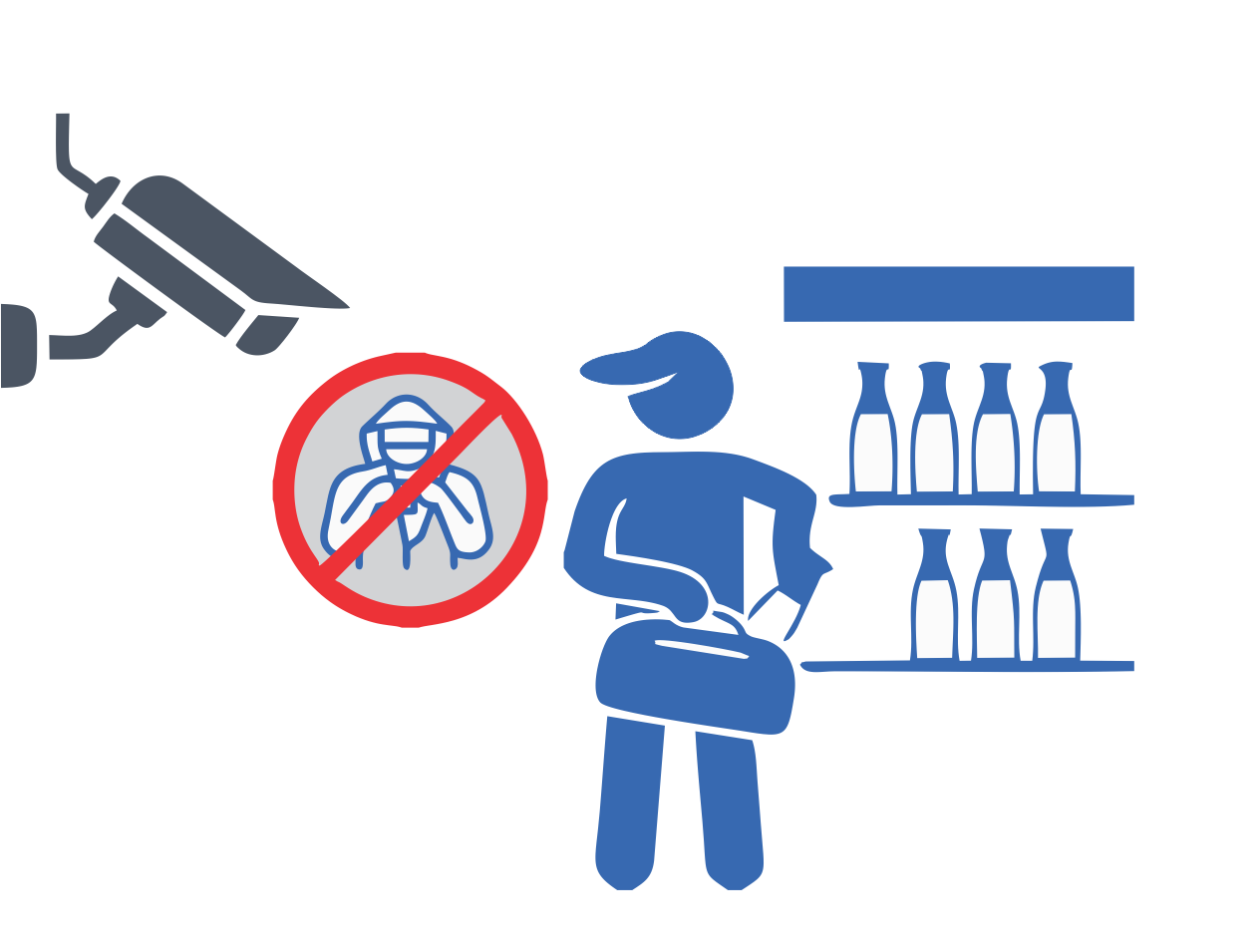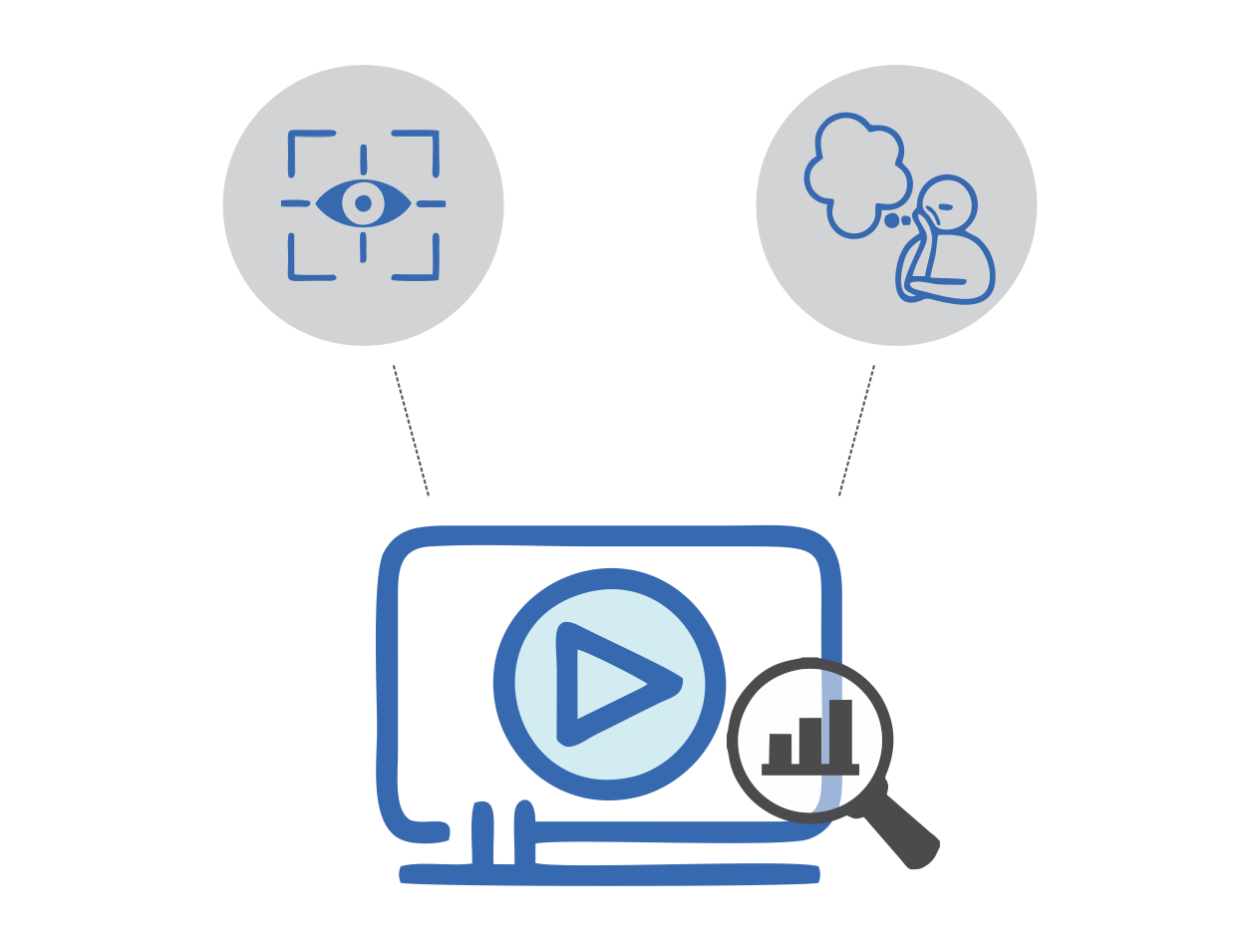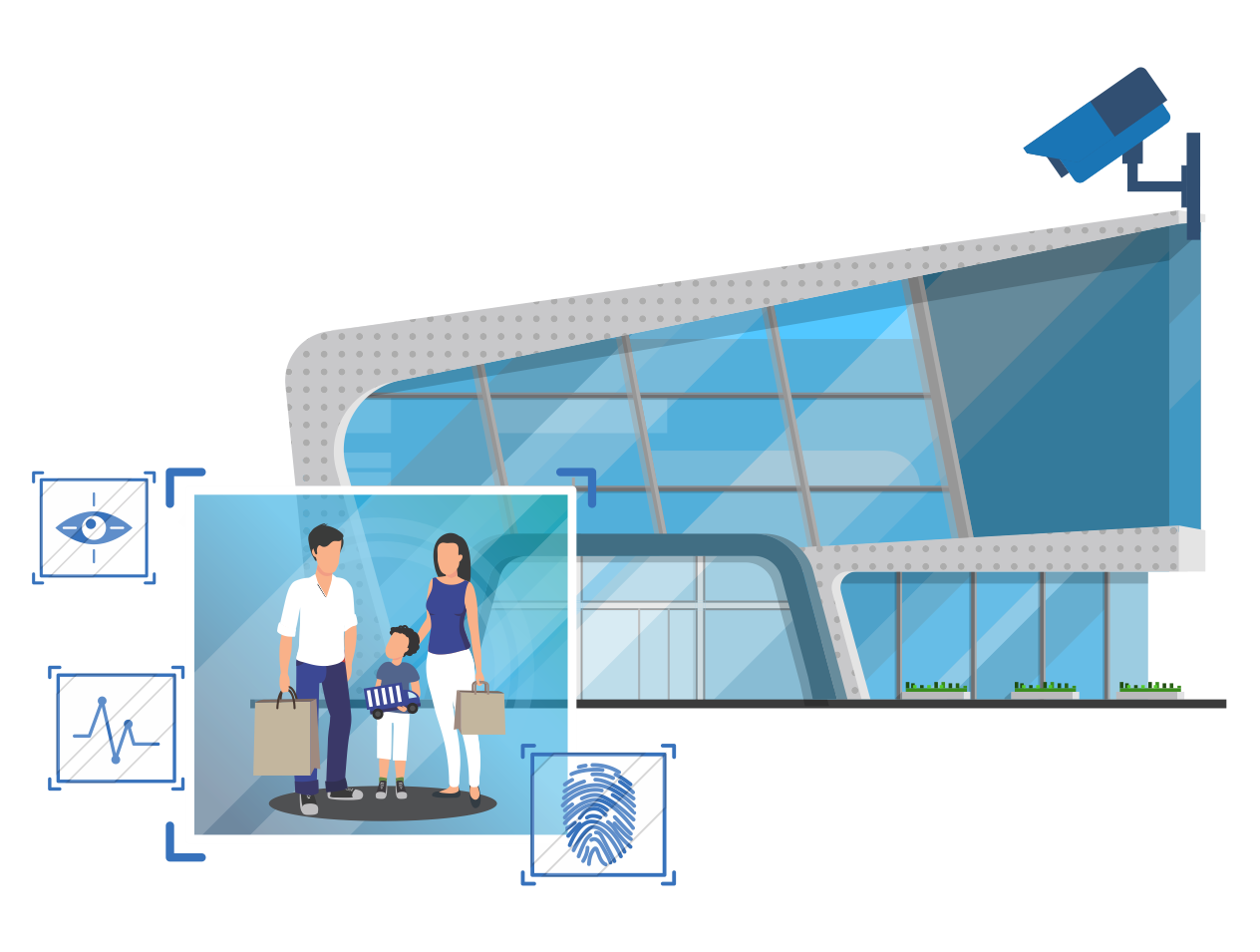A wholesale retail brand piloted the use of computer vision
based AI to flag potential shoplifting incidents.
The retail brand has been facing the issue of shoplifting at the retail store. They have an active CCTV based surveillance infrastructure in place throughout the shop floors. However, the process is manual and the security team looks into the footage to identify shoplifters after a theft has been reported. They are looking for a predictive solution that
can flag potential shoplifting through behavioural analysis of the body language and general patterns in clothing to conceal identity.
Identifying shoplifter behaviour
The client wanted to test if behavioural analysis of shoplifters – body language, movement patterns in store, clothing and actions to conceal identity can flag potential shoplifting.
- Identified three out of ten shoplifting incidences pre-emptively.
- A high number of false alarms leading to operational difficulties
- Scope of expanding the application for shelf space monitoring
The study was able to identify a low percentage of shoplifting cases. The high cost involved outweighed the benefits of the solution.
Long training time. High video resolution
The wholesale retail brand was losing thousands in thefts every month. In most cases, the act was spotted through CCTV camera feeds after a shoplifting incident had been reported. The manual inputs required to monitor such incidents when they are happening is not practical given multiple camera feeds and general tendency of
humans to lower their guard for isolated incidents.
They were looking for a solution that could help them overcome these issues of human error. The client turned to computer vision based monitoring of feeds from multiple CCTV cameras across the floors and develop an algorithm to flag suspicious activities based on body language, clothing patterns to hide identity or general demeanour of shoplifters. Their objective was to flag sufficient number of shoplifting incidents before they happen.
Visible benefits with high risk of misuse
The Deep CNN based behavioral monitoring and flagging of potential shoplifting incidences provided promising results in the pilot.
With limited data and training, the solution was able to identify three out of every ten potential shoplifting incidents correctly.
There were certain downsides to the approach:
a. A significant number of false alarms
b. High cost of running the application 24*7
c. Concerns around security as the CCTV feeds also captured the biometric features of shoppers
The client realized the benefits and the risks associated with deploying the solution on full scale.




